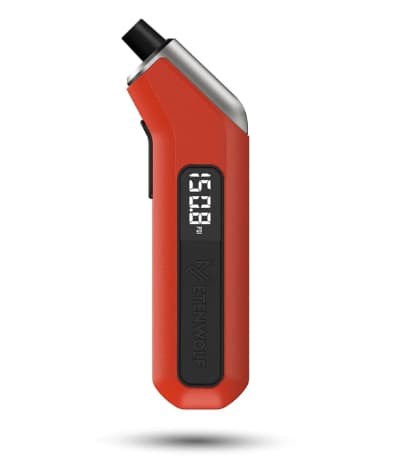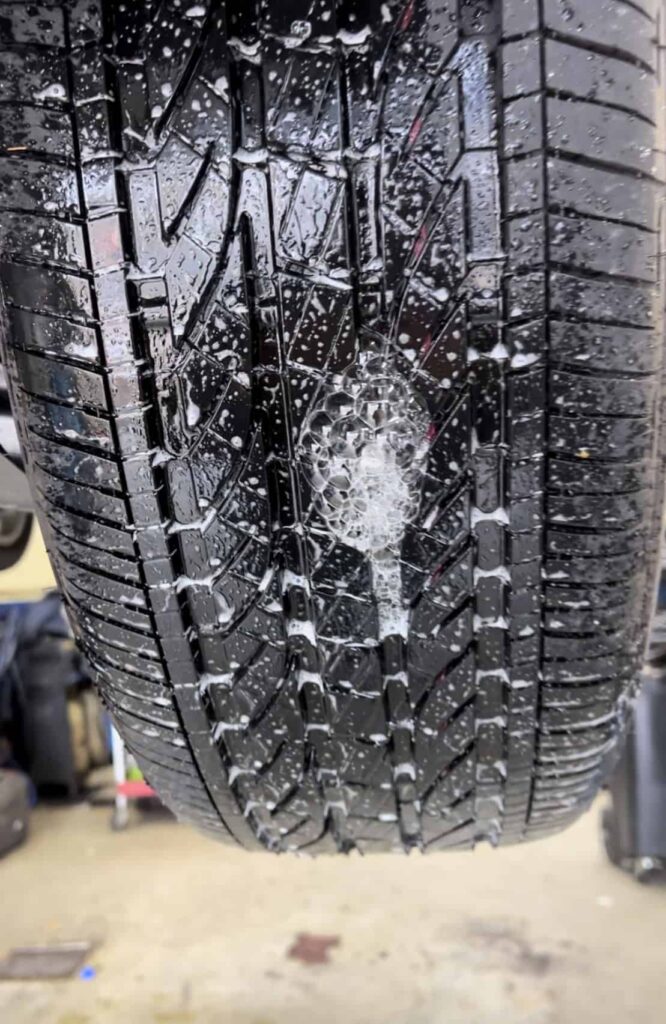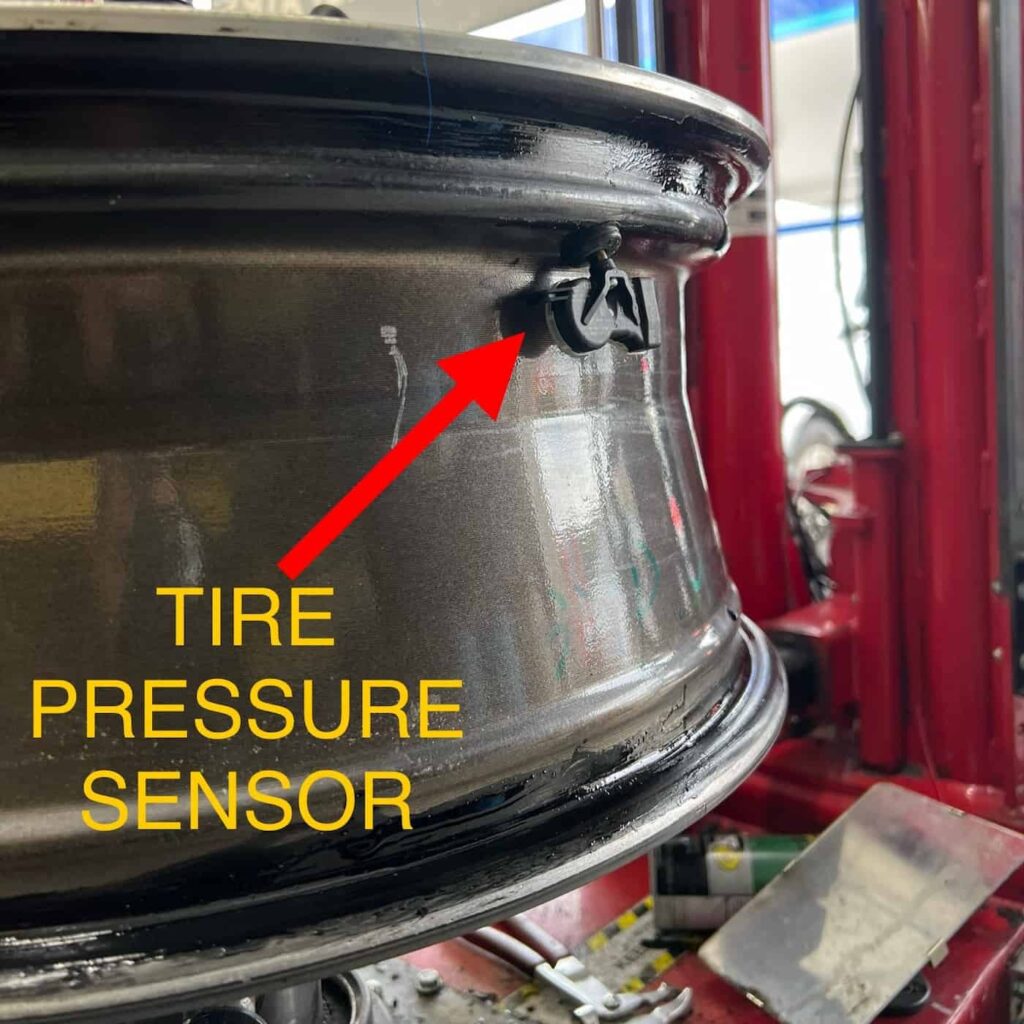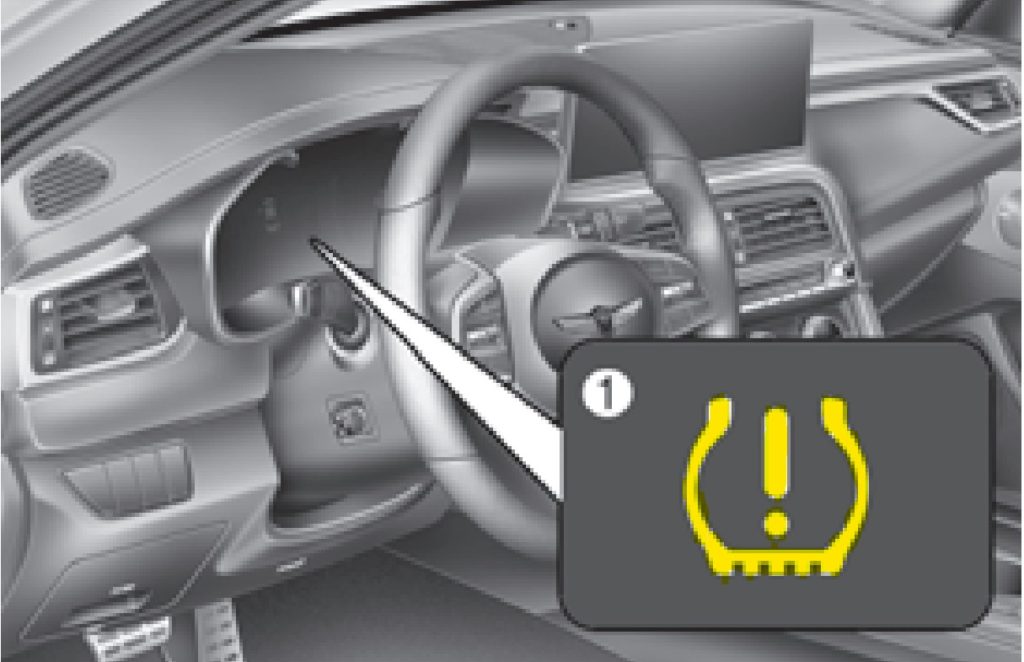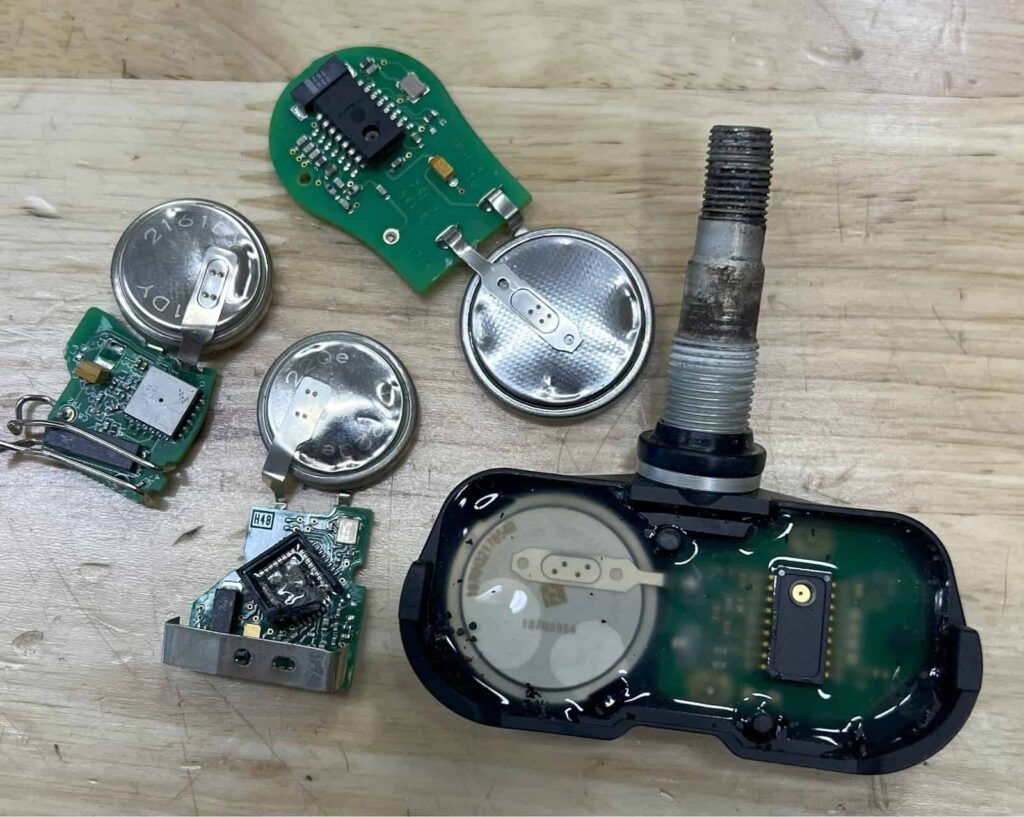How to Reset Genesis Low Tire Pressure Warning Light
Step 1: Check and Adjust Tire Pressure
Genesis vehicles do not have a button to reset the tire pressure. To turn off the tire light, make sure all four tires are inflated to the correct pressure. You can find the right pressure on the sticker inside the driver’s side door frame or by using the Mode button on the steering wheel to view the tire pressure display. Always inflate your tires to the recommended level when they are cold, typically before long drives or after the car has been parked for a few hours.
Step 2: Drive Your Genesis
After inflating your tires to the recommended cold pressure, drive your Genesis for a few minutes at speeds above 20 mph. You may notice a message like “drive to display.” As you drive, the tire pressure light should go off. If it doesn’t turn off right away, continue driving for a little while longer.
Step 3: Re-Check Your Tire Pressure
If the tire pressure light stays on after you’ve tried the first 2 steps, recheck the tire pressure to confirm it matches the levels you set. If the pressure has dropped, the tire is leaking.
Why is My Tire Pressure Light Still On After Filling Tires?
If the tire pressure light remains illuminated after you’ve filled your tires, consider the following:
Incorrect Pressure: Double-check that all tires, including the spare (if it has a sensor), are filled to the correct pressure as stated on the tire pressure sticker on the driver side door pillar (this needs to be exact).
TPMS Sensor Issues: A faulty or non-responsive TPMS sensor could fail to register the correct tire pressure and keep the warning light active.
Air Leakage: There might be a leak in one of the tires that causes the pressure to drop quickly after filling.
If the tire light turns off initially but then reappears, this typically suggests a leak in the tire. Should the tire pressure light blink or flash before remaining lit, it usually means there is a malfunction in the tire pressure system.
Is There Anything I Can Do to Turn Off the Genesis Tire Warning Light if Nothing Else Works?
If you’re having trouble resetting your Genesis tire warning light, consider trying these options:
Disconnect the Battery: Disconnecting the negative battery terminal for a few seconds can reset the vehicle’s system, potentially clearing any TPMS faults.
Release Tire Pressure: Deflate each tire by about 10 psi then reinflate to the recommended pressure. Drive for at least 10 minutes at speeds over 20 mph.
Use a TPMS Diagnostic Tool: A diagnostic tool can provide specific insights into whether a TPMS sensor is malfunctioning. Using a TPMS diagnostic tool will always result in determining the cause for a low tire pressure light.
Inspect for Leaks: After inflating, spray soapy water on the tire you think is losing air to check for leaks.
Can I Permanently Disable My Genesis TPMS?
Disabling the TPMS in a Genesis, or any vehicle, is generally not recommended and may be illegal in some regions. The TPMS is a crucial safety feature designed to alert the driver about under-inflation issues. If you decide to remove the tire pressure sensors from each wheel, this will result in a flashing low tire pressure light and then a permanent tire light on the dashboard.
Where is the Genesis TPMS Reset Button?
Genesis vehicles such as the Genesis GV60, GV70, GV80, and GV90, do not have a tire pressure reset button.
How Do You Reset Tire Pressure on the Display Screen?
You cannot reset the tire pressure on the information display screen on Genesis vehicles. You can change the unit that the tire pressure is measured (psi, bar, kpa) in or check the current tire pressure through the information display screen.
How Does the Genesis TPMS Work?
Genesis’ Tire Pressure Monitoring System (TPMS) employs a direct TPMS architecture. In this configuration, each tire comes equipped with its own TPMS sensor, which continuously measures both the pressure and the temperature inside the tire. These sensors are pivotal, providing real-time updates on the status of each tire.
The functioning of the Genesis TPMS starts as the sensors in each tire record the current air pressure and temperature levels. This data is then sent wirelessly to the vehicle’s onboard computer system through a TPMS receiver module. Once received, the onboard computer assesses this information to verify if the tire pressures are within the manufacturer’s recommended safe limits.
Should the air pressure in any of the tires fall below the recommended air pressure—a safety threshold set by Genesis—the system activates a low pressure warning. This is signified by the yellow tire pressure warning light on the dashboard lighting up, thereby alerting the driver to potential tire under-inflation and prompting necessary action.
What Can Trigger the Genesis Low Tire Pressure Warning Light?
Temperature Fluctuations: Significant changes in ambient air temperature can cause tire pressure to drop, triggering the tire warning light.
Natural Pressure Loss: Tires naturally lose air over time, which can eventually result in pressure falling below the safety threshold.
Punctures or Leaks: A puncture or damage to the tire that causes air to leak will lower the tire pressure and activate the warning light.
Faulty TPMS Sensor: A malfunctioning TPMS sensor may incorrectly report low pressure or fail to monitor the tire pressure.
Seasonal Tire Changes: Switching to or from winter tires without resetting the TPMS (or swapping sensors to new wheels) can result in a TPMS light on the dash.
Improper Inflation After Service: If tires are not properly inflated following maintenance or tire rotation, the low pressure indicator light will be triggered.
Wheel Replacement or Repair: After replacing or repairing a wheel, if the TPMS is not recalibrated, it can give a false warning.
Why is My Genesis Tire Pressure Light on the Dashboard Flashing?
A flashing tire pressure light on the dashboard often indicates a malfunction with the TPMS system itself rather than simply low tire pressure. This could be due to a sensor failing to respond or communicate with the vehicle’s on board computer or TPMS receiver module.
This usually occurs when one or more tire pressure sensor batteries are low or run out of power. The best course of action is to use a TPMS diagnostic tool to find the problematic sensor or have the system checked by a Genesis dealer or a qualified technician.
Why is My Tire Light on After Getting My Genesis Serviced?
This commonly happens when an automotive tech does not check and adjust the tire pressures in the tires or does not drive the vehicle after adjusting them.
Do Genesis GV Vehicles Spare Tires Have a Tire Pressure Sensor?
Genesis vehicles do not have tire pressure sensors within the spare tire, unless your spare tire is a full sized spare tire or has a metal valve stem. Driving with the spare tire mounted on the vehicle will result in a low tire pressure warning light because the vehicle’s computer cannot communicate with a tire that does not have a tire sensor.
Genesis Vehicles:
Follow these specific guides for Genesis GV60 tire pressure reset, Genesis GV70 tire pressure reset, Genesis gv80 tire pressure reset, & Genesis G70.
Please note that this blog post contains Amazon affiliate links. This means that if you make a purchase through one of these links, we at TPMSRESET.COM may earn a small commission at no extra cost to you. We only recommend products that we personally use and believe in. Thank you for supporting us.
About the Author
Stefan A. – Professional Automotive Technician – I am currently an automotive technician in New Jersey and have worked in private shops as well as dealerships. When I am not writing articles I am wrenching on race cars and driving radio controlled cars at the track!


